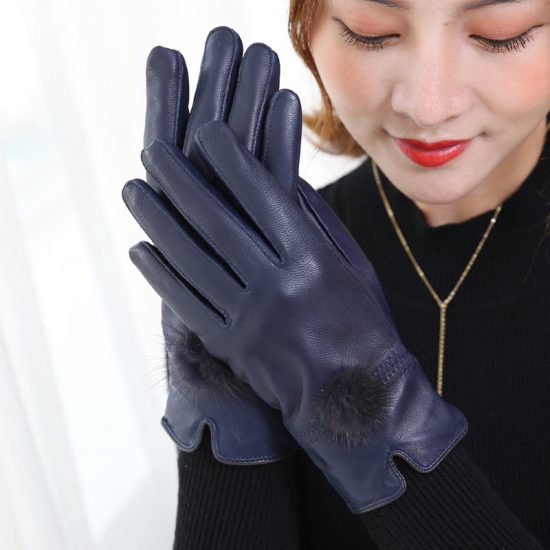Rubber coated gloves offer valuable hand protection in a wide range of work environments. To ensure you stay protected, here are some key tips for using rubber coated gloves effectively:
- Choose the Right Type: Select gloves that are specifically designed for the hazards and tasks you’ll encounter. Consider factors such as chemical resistance, puncture resistance, grip, and durability. Different glove materials, such as natural rubber, nitrile, PVC, or neoprene, offer varying levels of protection.
- Proper Fit: Ensure your gloves fit snugly but comfortably. Gloves that are too tight may restrict movement, while loose gloves can hinder grip and increase the risk of accidents. Follow the manufacturer’s sizing guidelines and consider adjustable closures for a more customized fit.
- Inspect Before Use: Before wearing rubber coated gloves, inspect them for any signs of damage, such as cuts, tears, or holes. Check the seams, coating integrity, and any lining. Damaged gloves may compromise protection and should be replaced.
- Follow Usage Guidelines: Adhere to the recommended usage guidelines provided by the glove manufacturer. Some gloves are designed for single-use, while others can be reused. Pay attention to any specific instructions regarding cleaning, maintenance, and disposal.
- Handle Chemicals with Care: If you’re using rubber coated gloves for chemical handling, ensure they are chemically resistant to the specific substances you’ll encounter. Refer to compatibility charts or consult safety data sheets (SDS) to determine the appropriate glove material for each chemical.
- Maintain Grip: Rubber coated gloves offer enhanced grip, but it’s essential to maintain a secure hold on objects. Ensure your gloves are clean and free from oils, grease, or other contaminants that may compromise grip. Replace gloves if the grip deteriorates significantly.
- Replace When Needed: Rubber coated gloves have a limited lifespan. Regularly monitor their condition and replace them when necessary. Signs of wear, degradation, or loss of protective properties indicate the need for replacement.
- Remove Gloves Properly: When removing gloves, follow the proper technique to minimize the risk of contamination. Grasp the outside of one glove near the wrist and peel it off, turning it inside out. Hold the removed glove in the gloved hand and slide your fingers under the cuff of the second glove to remove it, also turning it inside out. Dispose of used gloves according to proper procedures.
- Hand Hygiene: Remember that wearing gloves does not replace proper hand hygiene practices. Before donning gloves and after removing them, wash your hands thoroughly with soap and water or use an appropriate hand sanitizer.
- Train and Educate: Ensure you and your colleagues receive proper training on the correct use, limitations, and maintenance of rubber coated gloves. Stay updated on safety protocols, industry standards, and any changes related to glove usage.
By following these guidelines, you can maximize the protection offered by rubber coated gloves and create a safer working environment. Always prioritize safety and consult relevant guidelines and regulations specific to your industry or workplace.


